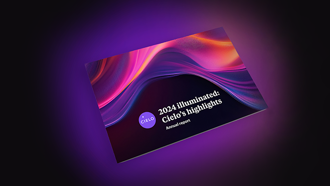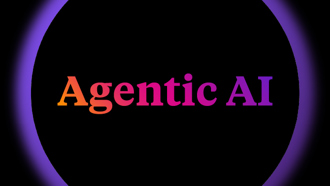Cielo press room
The latest on all things Cielo
Welcome to the press room – home to our most recent news releases and features. From our latest innovations to inspiring insights, see why Cielo’s the world’s leading talent acquisition partner.
For media inquiries, interview requests or speaker bookings with one of our experts, please contact Annamarie Andrews at marketing@cielotalent.com.
All press & media
Press & media

Press & media

Press & media

Press & media

Press & media

Press & media



